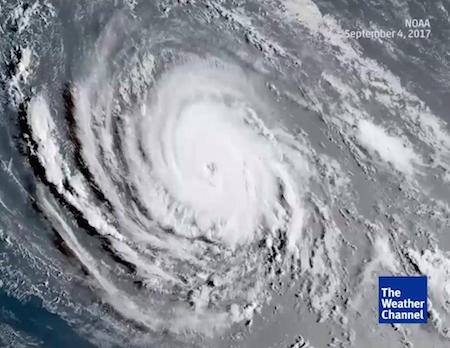How to Spot Hurricane Hoaxes
Those covering the ongoing impacts of Hurricane Florence should be prepared for an "onslaught" of misinformation and disinformation if past is prologue.
That is according to the Harvard Kennedy School's Journalist's Resource, which warns reporters about video or photos on social media or posts, about price gouging for example, that might not be what they seem.
The school has some tips for sorting out the real news from the fake, the heartwarming or heartrending image from the hoax.
1. Verify images through reverse image searches using Google or RevEye or TinEye. Reverse searches allow for uploading an image to find where else it is appearing on the Web. Citing personal experience, the staffers at the schools Shorenstein Center recommend flipping the image horizontally and searching for that, too.
2. Check image metadata and use geolocation to determine where images were captured to identify misinformation.

3, Review past hoaxes to help spot new ones. For example, here is a list of debunked images from Hurricane Irma.
4. Use trusted sources like the National Hurricane Center and National Weather Service.
Multichannel Newsletter
The smarter way to stay on top of the multichannel video marketplace. Sign up below.
Contributing editor John Eggerton has been an editor and/or writer on media regulation, legislation and policy for over four decades, including covering the FCC, FTC, Congress, the major media trade associations, and the federal courts. In addition to Multichannel News and Broadcasting + Cable, his work has appeared in Radio World, TV Technology, TV Fax, This Week in Consumer Electronics, Variety and the Encyclopedia Britannica.

